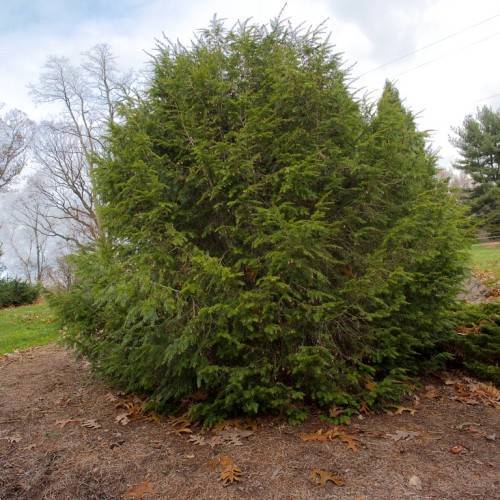
Canadian hemlock
Tsuga canadensis 'White Fountain'
Also Known As - eastern hemlockCycle:
Perennial
Watering:
Average
Hardiness Zone:
3 - 7
Flowers:
Flowers In Spring
Sun:
Deep shade, Filtered shade, Full sun only if soil kept moist, Part sun/part shade
Soil:
Sandy Loamy Clay
Cones:
Yes
Leaf:
Yes
Growth Rate:
Moderate
Maintenance:
Low
Care Level:
Medium
watering
Canadian hemlock needs to be watered weekly, ensuring that the soil stays consistently moist. During the spring and summer, when the plant is in its most active growth phase, you should water it every 3-4 days to ensure the soil never completely dries out. During warmer summer months, you may even need to water it twice a week. Water deeply enough that moisture reaches the root zone of the plant (approximately 2-3 inches deep). In the fall and winter, reduce watering to every 2 weeks, allowing the top few inches of soil to dry out slightly before the next watering. Over-watering during the colder months can cause the roots to rot, especially if the soils are cold and wet.
sunlight
Canadian hemlock (Tsuga canadensis 'White Fountain') thrives in full sun to part shade. When grown in full sun, this plant species needs at least 4-6 hours of direct sunlight per day for optimal growth. However, they can tolerate more sun during cooler months, such as spring and fall. In warmer months, however, they should be given some shade if possible. Too much direct sunlight can dry out the foliage and cause the leaves to shrivel and turn brown.
pruning
Canadian hemlock should be pruned in late winter or early spring, before new growth begins. Pruning should not remove more than 1-third of the plant's total foliage. It can be beneficial to remove some of the old, dead branches to allow for light and air circulation, as well as to enhance the plant's shape and form. Pruning any branches lower than 12" (30 cm) from the ground can damage the plant's root system and should be avoided. It is important to make sure any cuts made are clean and follow the line of the branch. When done properly, pruning should help maintain a healthy Canadian hemlock for many years.
